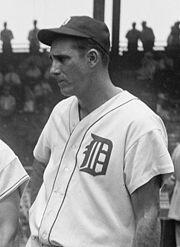The first elections to select inductees to the Baseball Hall of Fame were held in 1936. Members of the Baseball Writers' Association of America (BBWAA) were given authority to select individuals from the 20th century; while a special Veterans Committee, made up of individuals with greater familiarity with the 19th century game, was polled to select deserving individuals from that era. The intent was for 15 honorees to be selected before the 1939 ceremonies – 10 from the 20th century and 5 from the 19th; additional players from both eras would be selected in later years. Voters were given free rein to decide for themselves in which group a candidate belonged, with neither group knowing the outcome of the other election; some candidates had their vote split between the elections as a result – Cy Young, the pitcher with most wins in Major League history, finished 8th in the BBWAA vote and 4th in the Veterans vote. In addition, there was no prohibition on voting for active players, a number of whom received votes. Individuals who had been banned from baseball – such as Shoeless Joe Jackson and Hal Chase – were also not formally excluded, though few voters chose to include them on ballots.

The 1939 elections to select inductees to the Baseball Hall of Fame were the last ones conducted prior to the Hall's opening that year. Needing just one addition to complete the initial goal of 10 inductees from the 20th century, members of the Baseball Writers' Association of America (BBWAA) were once again given authority to select any players active in the 20th century, excepting active players. Difficulties in convening the Centennial Commission of the previous two years led to an even smaller Old-Timers Committee selecting inductees from the 19th century – a cause of particular urgency to many who had been anticipating the five promised but unfulfilled selections in that area for over three years.

Elections to the Baseball Hall of Fame for 1946 were conducted by methods refashioned and then fashioned again during the year. As in 1945, the Baseball Writers' Association of America (BBWAA) voted by mail to select from recent players, and elected no one. Also, as in 1945, the Old Timers Committee responded by electing the biggest class yet, then 10 and now 11 people: Jesse Burkett, Frank Chance, Jack Chesbro, Johnny Evers, Clark Griffith, Tommy McCarthy, Joe McGinnity, Eddie Plank, Joe Tinker, Rube Waddell, and Ed Walsh.
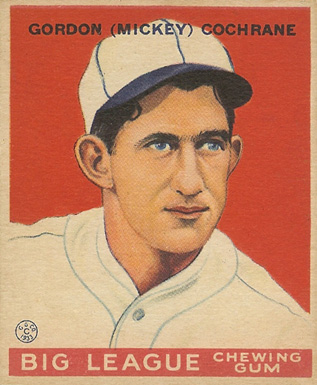
Elections to the Baseball Hall of Fame for 1947 followed yet another round of reform. The Baseball Writers' Association of America (BBWAA) continued to vote by mail but the Hall of Fame Committee had revised the procedures for that election and reduced its historical jurisdiction relative to the Old-Timers Committee. The BBWAA now considered major league players retired no more than 25 years. The reform seemed to work, as it elected four: Mickey Cochrane, Frank Frisch, Lefty Grove, and Carl Hubbell.

Elections to the Baseball Hall of Fame for 1948 followed the same procedures as 1947. The Baseball Writers' Association of America (BBWAA) voted by mail to select from players retired less than 25 years, with provision for a runoff in case of no winner. It elected two people on the first ballot, Herb Pennock and Pie Traynor. Meanwhile, the Old Timers Committee, with jurisdiction over earlier players, met on no schedule and not this year. Criticism continued that earlier players, as well as managers and other non-playing candidates, were being overlooked.

Elections to the Baseball Hall of Fame for 2005 proceeded in keeping with rules enacted in 2001. The Baseball Writers' Association of America (BBWAA) held an election to select from recent players, voting Ryne Sandberg and Wade Boggs into the Hall. The Veterans Committee held a separate election to select from players retired more than 20 years, but did not elect anyone.

Elections to the Baseball Hall of Fame for 2004 proceeded in keeping with rules enacted in 2001. The Baseball Writers' Association of America (BBWAA) held an election to select from recent players; Dennis Eckersley and Paul Molitor gained induction to the Hall.

Elections to the Baseball Hall of Fame for 2002 proceeded in keeping with rules enacted in 2001. The Baseball Writers' Association of America (BBWAA) held an election to select from among recent players; Ozzie Smith was elected.
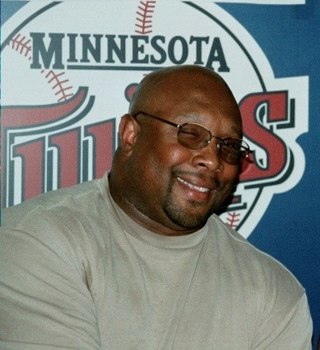
Elections to the Baseball Hall of Fame for 2001 followed the system in use since 1995. The Baseball Writers' Association of America (BBWAA) voted by mail to select from recent major league players and elected two: Kirby Puckett and Dave Winfield. The Veterans Committee met in closed sessions and selected two people from multiple classified ballots: Bill Mazeroski and Hilton Smith.
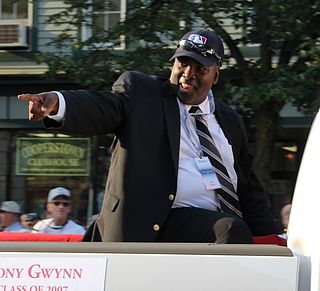
Elections to the Baseball Hall of Fame for 2007 proceeded according to revised rules enacted in 2001. The Baseball Writers' Association of America (BBWAA) held an election to select from among recent players, resulting in the induction of Tony Gwynn and Cal Ripken Jr.
Elections to the Baseball Hall of Fame for 1950 were subject to one rules change, the elimination of a runoff election by the baseball writers in case of no winner, which had been used the year prior. The Baseball Writers' Association of America (BBWAA) voted once by mail to select from major league players retired less than 25 years, and elected no one. Meanwhile, the Old-Timers Committee, with jurisdiction over earlier players and other figures, did not meet. For the first time, except years without any election activity, there were no new Hall of Fame members.
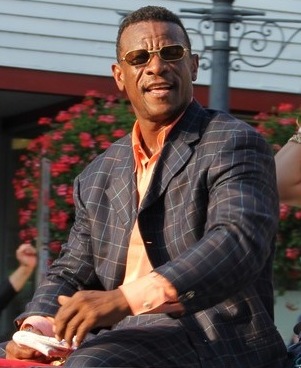
Elections to the Baseball Hall of Fame for 2009 proceeded according to revised rules enacted in 2001 and further revamped in 2007. The Baseball Writers' Association of America (BBWAA) held an election to select from among recent players, and elected Jim Rice and Rickey Henderson.
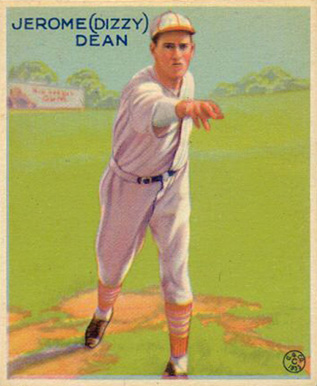
Elections to the Baseball Hall of Fame for 1953 followed a radically new procedure. The institution appointed its Committee on Baseball Veterans, the famous "Veterans Committee", to meet in person and consider pioneers and executives, managers, umpires, and earlier major league players. Committees in the 1930s and 1940s had chosen several pioneers and executives, but this was the first direction of anyone's attention to field personnel other than players, the managers and umpires.
Elections to the Baseball Hall of Fame for 1968 followed rules revised in June 1967, which returned the Baseball Writers' Association of America (BBWAA) to annual elections without any provision for a runoff. In the event, the BBWAA voted once by mail to select from recent major league players, and elected Joe Medwick. The Veterans Committee met in closed sessions to consider executives, managers, umpires, and earlier major league players. It selected two players, Kiki Cuyler and Goose Goslin. A formal induction ceremony was held in Cooperstown, New York, on July 22, 1968, with Commissioner of Baseball William Eckert presiding.

Elections to the Baseball Hall of Fame for 1967 included a special election, as the Baseball Writers' Association of America (BBWAA) held its first balloting in an odd-number year since 1955. The special election was held due to some ineligible players having received votes in the prior year's balloting, and the BBWAA wanting "to give those eligible every opportunity" to be selected.

Elections to the Baseball Hall of Fame for 1966 followed the system introduced for even-number years in 1956. The Baseball Writers' Association of America (BBWAA) voted by mail to select from recent major league players with provision for a second, "runoff" election in case of no winner. Ted Williams tallied more than 90% on the first ballot. Meanwhile, the Veterans Committee was meeting annually to consider executives, managers, umpires, and earlier major league players. It selected Casey Stengel. A formal induction ceremony was held in Cooperstown, New York, on July 25, 1966, with Commissioner of Baseball William Eckert presiding. During his acceptance speech, Williams advocated for the inclusion of Negro league baseball players, such as Satchel Paige and Josh Gibson, in the Hall of Fame. Paige was inducted in 1971, and Gibson in 1972.

Elections to the Baseball Hall of Fame for 1964 followed the system introduced for even-number years in 1962. The Baseball Writers' Association of America (BBWAA) voted by mail to select from recent major league players with provision for a second, "runoff" election in the event of no player receiving enough votes for induction. The runoff was necessary this year, with Luke Appling the winner. Further, the eligibility of retired players was reduced from having retired 30 years prior to election to 20 years prior.
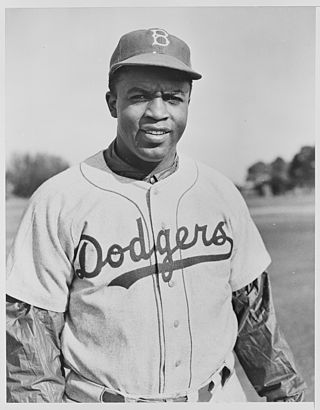
Elections to the Baseball Hall of Fame for 1962 followed a new system for even-number years. Since 1956 the Baseball Writers' Association of America (BBWAA) and Veterans Committee had alternated in their duties, but the BBWAA, voting by mail to select from recent major league players, had elected no one for 1958 and no one for 1960. Now there would be a second, "runoff" election in case of no winner. At the same time, the Veterans Committee resumed meeting annually to consider executives, managers, umpires, and earlier major league players.
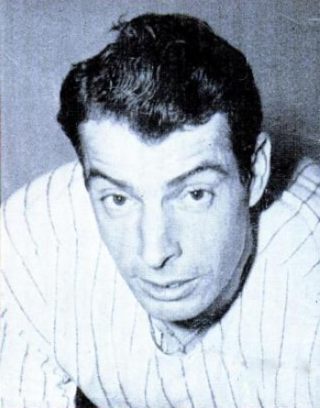
Elections to the Baseball Hall of Fame for 1955 followed a system established for odd-number years in 1953. The eligibility of retired players was extended; previously, a player could not be on the BBWAA ballot if he had retired more than 25 years prior. The ballot could now include those who had been retired for up to 30 years.
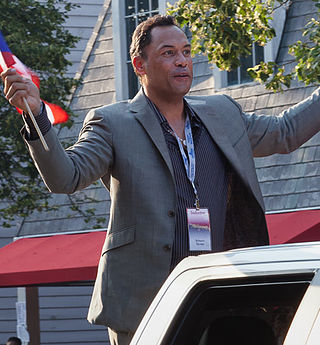
Elections to the National Baseball Hall of Fame for 2011 proceeded according to the rules revised in July 2010. As in the past, the Baseball Writers' Association of America (BBWAA) voted by mail to select from a ballot of recently retired players. The new Expansion Era Committee, which replaced the Veterans Committee, convened in December 2010 to select from an Expansion Era ballot of long-retired players and non-playing personnel who made their greatest contributions to the sport from 1973 to the present time, called the "Expansion Era" by the Hall of Fame.

